After 2 days of opening, the Vietnam Military History Museum (Nam Tu Liem District, Hanoi) will temporarily close to visitors from November 3 to November 5.
At noon on November 2, responding to VTC News reporters, a representative of the Vietnam Military History Museum said that the museum will temporarily close to receive and serve visitors for 3 days to serve propaganda work for the 80th anniversary of the founding of the Vietnam People's Army and will reopen on November 6.

Previously, after 5 years of construction, on the morning of November 1, the Vietnam Military History Museum officially opened to welcome people and tourists to visit. In the first 2 months, all entrance tickets will be free.
The Vietnam Military History Museum is an important project to celebrate the 80th anniversary of the founding of the Vietnam People's Army (December 22, 1944 - December 22, 2024), the 35th anniversary of the National Defense Day (December 22, 1989 - December 22, 2024) and the 80th anniversary of the Traditional Day of the General Department of Politics of the Vietnam People's Army (December 22, 1944 - December 22, 2024).

The museum has a modern, multi-functional, architectural design, not simply a display of war history but also creates a common space for visitors to interact and experience the struggle for national independence of the heroic Vietnam People's Army.
The highlight in front of the museum is the 45m high Victory Tower, symbolizing the year the country gained independence in 1945. The main exhibition space of the museum is a 35.8m high building, consisting of 4 floors above ground and one basement floor.
The Vietnam Military History Museum is preserving and displaying more than 150,000 artifacts. Among them, there are 4 national treasures including 2 MiG-21 aircrafts numbered 4324 and 5121, T54B tank numbered 843 and a map of determination to fight in the historic Ho Chi Minh Campaign.
Artifacts of aircraft, tanks and many large weapons captured during the resistance wars, associated with many important historical events and figures, will be displayed in two areas next to the square, covering an area of more than 20,000 square meters.
The exhibition space inside the museum on the first floor is divided into 6 themes, arranged in chronological order and with a reasonable layout. The artifacts are all specifically annotated, attached with event information. The types of display are very diverse, including text, information lookup screens, photo media, automatic audio guide commentary and QR codes to look up information about artifacts and images.
Source



![[Photo] Flooding on the right side of the gate, entrance to Hue Citadel](https://vphoto.vietnam.vn/thumb/1200x675/vietnam/resource/IMAGE/2025/10/28/1761660788143_ndo_br_gen-h-z7165069467254-74c71c36d0cb396744b678cec80552f0-2-jpg.webp)
![[Photo] National Assembly Chairman Tran Thanh Man received a delegation of the Social Democratic Party of Germany](https://vphoto.vietnam.vn/thumb/1200x675/vietnam/resource/IMAGE/2025/10/28/1761652150406_ndo_br_cover-3345-jpg.webp)
![[Photo] Draft documents of the 14th Party Congress reach people at the Commune Cultural Post Offices](https://vphoto.vietnam.vn/thumb/1200x675/vietnam/resource/IMAGE/2025/10/28/1761642182616_du-thao-tai-tinh-hung-yen-4070-5235-jpg.webp)


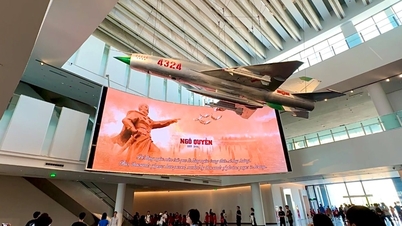

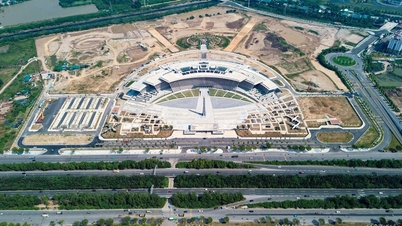
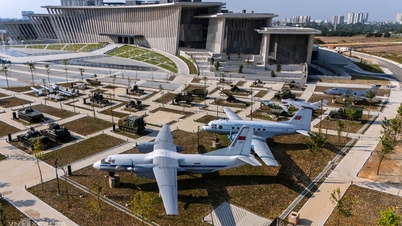
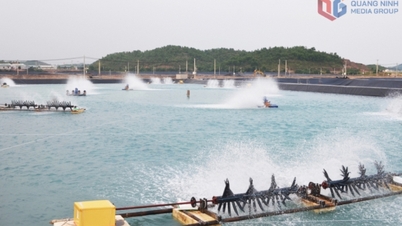


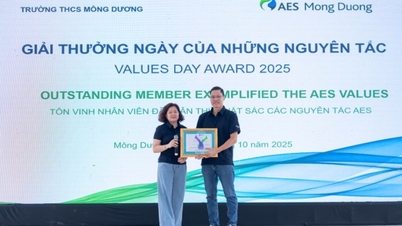







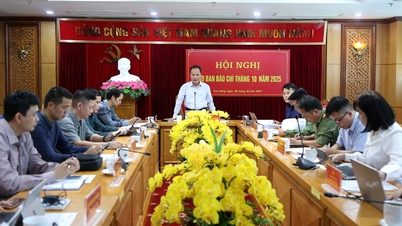
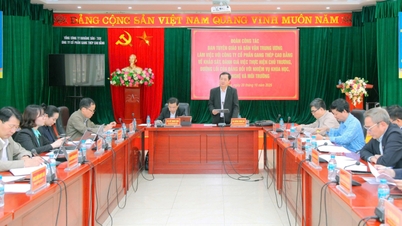
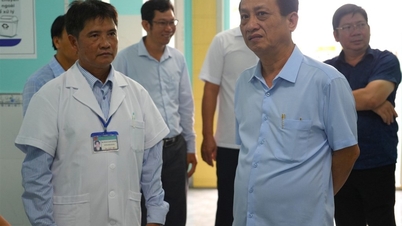
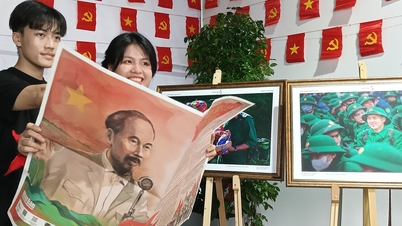
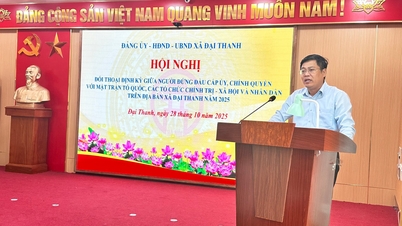
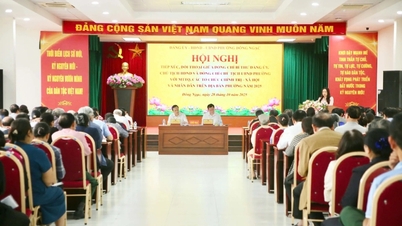

![[Photo] President Luong Cuong attends the 80th Anniversary of the Traditional Day of the Armed Forces of Military Region 3](https://vphoto.vietnam.vn/thumb/1200x675/vietnam/resource/IMAGE/2025/10/28/1761635584312_ndo_br_1-jpg.webp)
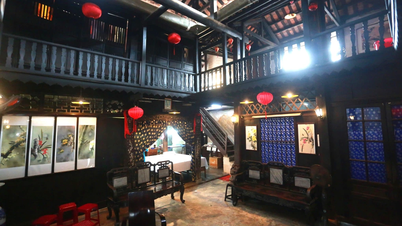

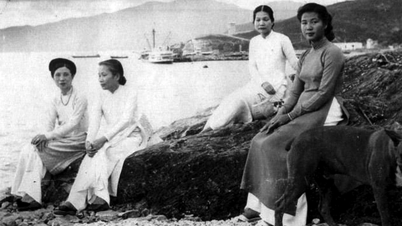

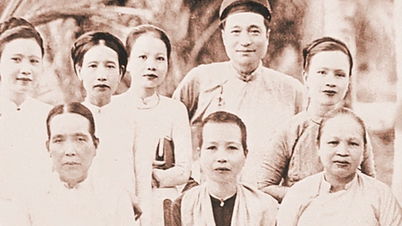
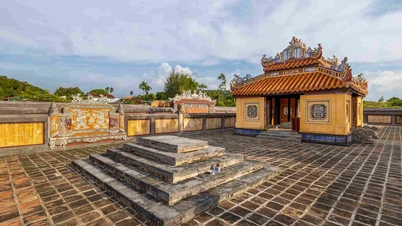






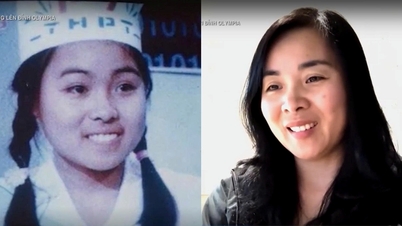

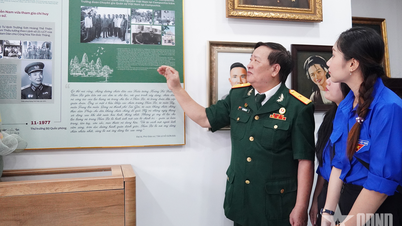







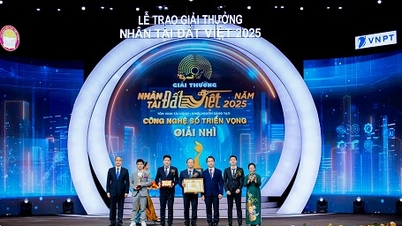
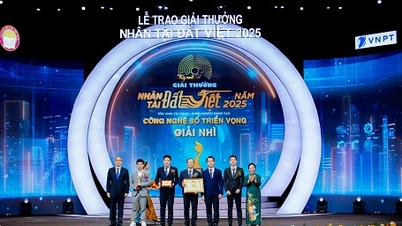

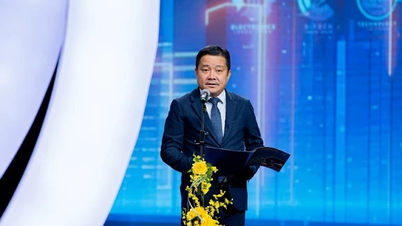
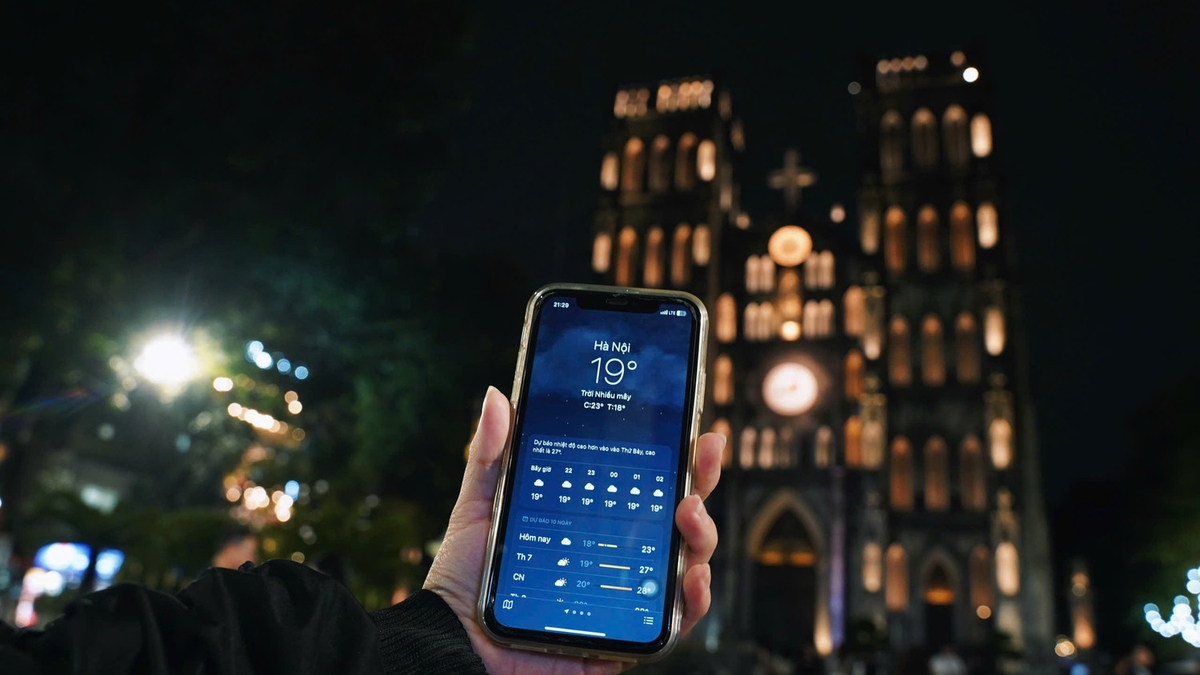









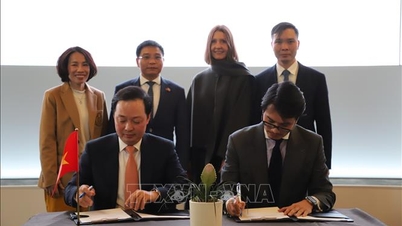
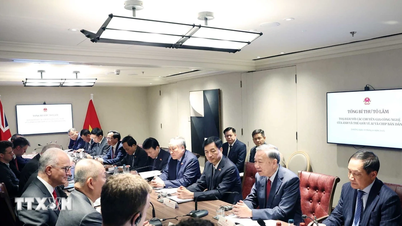






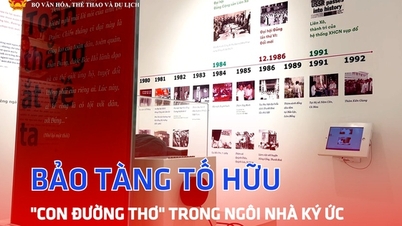



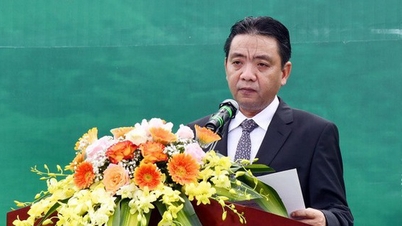



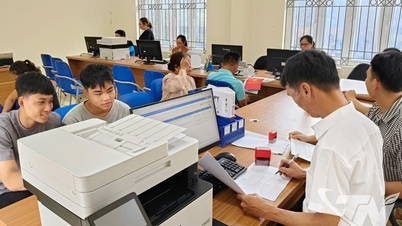


















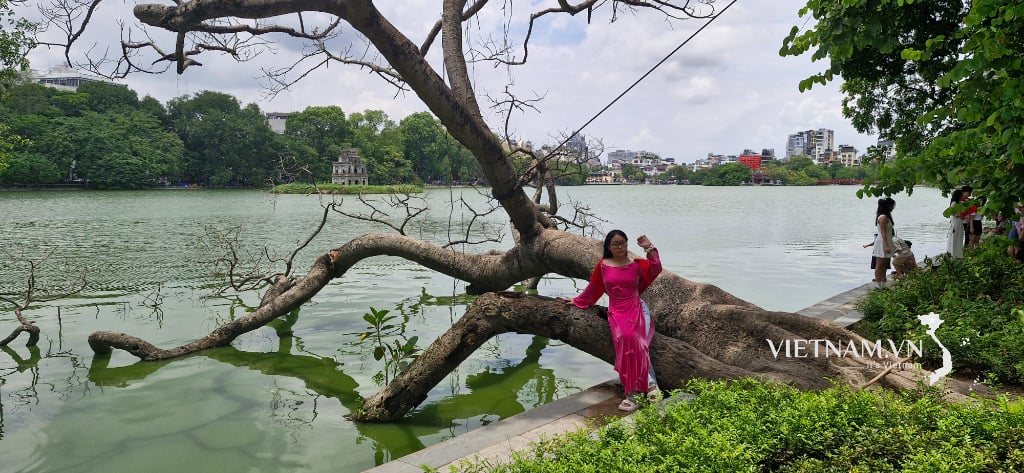



Comment (0)